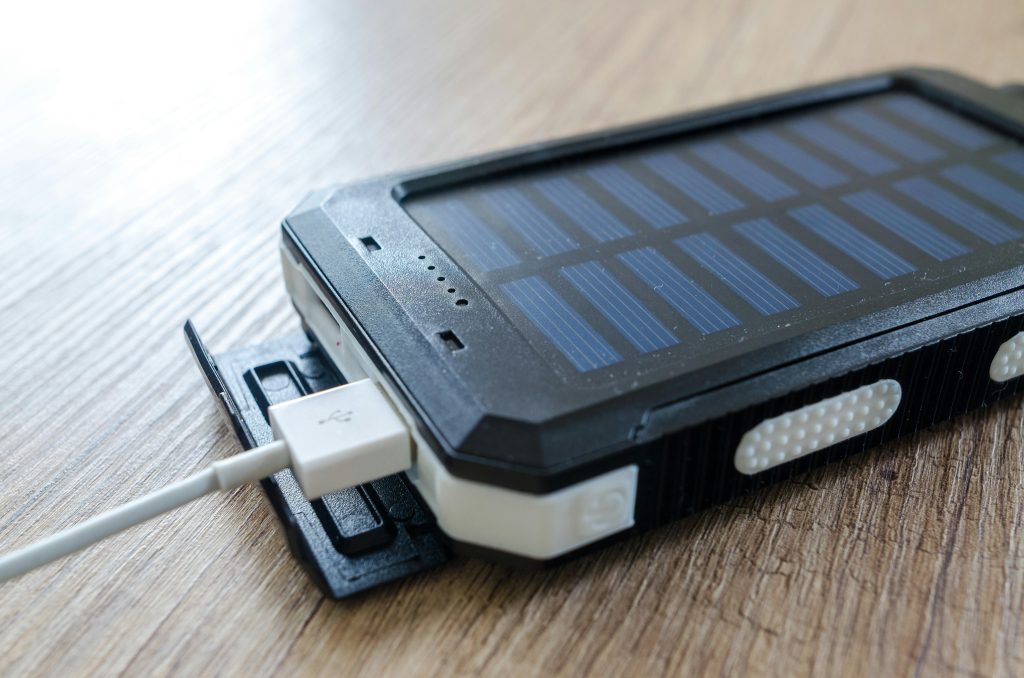Table of Contents
Batteries are ubiquitous in modern life, powering everything from smartphones and laptops to electric vehicles and renewable energy storage systems. As essential energy storage devices, batteries have undergone significant advancements in technology, efficiency, and sustainability. This article explores the evolution of batteries, their diverse applications, environmental impact, and future innovations shaping the energy landscape.

Understanding Batteries
Batteries are electrochemical devices that use chemical reactions to store and release electrical energy. They are made up of one or more electrochemical cells, each of which has an electrolyte between the positive (cathode) and negative (anode) electrodes. Batteries can power devices or store energy for later use by converting chemical energy into electrical energy when they are connected in a circuit.
Types of Batteries
1. Primary Batteries
Designed for a single energy discharge, primary batteries are single-use batteries. Button cells in small electronics and alkaline batteries used in household appliances are typical examples.
2. Secondary Batteries (Rechargeable Batteries)
By reversing the electrochemical reactions with an external electrical energy input, secondary batteries can be recharged and used again. They consist of nickel-metal hydride (NiMH) batteries, lithium-ion batteries, lead-acid batteries, and others that are utilized in different applications.
Applications of Batteries
1. Consumer Electronics
Smartphones, tablets, laptops, cameras, and wearable technology are all powered by batteries, which offer dependable and portable energy sources for everyday use.
2. Electric Vehicles (EVs)
Lithium-ion batteries dominate the EV market, powering electric cars, buses, and trucks. Advancements in battery technology have extended driving ranges and reduced charging times, driving the transition towards sustainable transportation.
3. Renewable Energy Storage
In order to store sporadic renewable energy sources like solar and wind power, batteries are essential. By storing excess energy for use during times of peak demand, grid-scale battery storage systems give electrical grids stability.
4. Aerospace and Defense
Batteries power aircraft systems, satellites, and military equipment, requiring high-performance and reliability in extreme conditions.

Technological Advancements
1. Lithium-ion Batteries
Because of their high energy density, lightweight design, and longer lifespan than earlier battery technologies, lithium-ion (Li-ion) batteries completely changed portable electronics and electric vehicles.
2. Solid-State Batteries
Unlike conventional Li-ion batteries, which use liquid electrolytes, solid-state batteries use solid electrolytes. Their promises of increased energy densities, improved safety, and quicker charging speeds are propelling advancements in electronics and EV technology.
3. Flow Batteries
Flow batteries provide scalability and flexibility for grid-scale energy storage applications by storing energy in liquid electrolytes kept in external tanks.
Environmental Considerations
1. Recycling and Sustainability
Recovering valuable materials such as lithium, cobalt, nickel, and rare earth elements requires efficient battery recycling programs. Recycling promotes a circular economy, conserves resources, and lessens its negative effects on the environment.
2. Lifecycle Analysis
Examining the effects of raw material extraction, manufacturing procedures, energy use, and end-of-life disposal are all part of determining a battery’s environmental footprint. Reducing emissions and minimizing ecological harm over the course of a lifecycle are the main goals of sustainable practices.
3. Environmental Regulations
International laws seek to reduce dangerous materials and increase battery sustainability. Initiatives include recycling laws, eco-design guidelines, and limitations on the use of hazardous materials in battery manufacturing.

Future Trends and Innovations
1. Beyond Lithium-ion
Future battery technologies that offer greater energy densities, quicker charging times, and enhanced safety, such as solid-state, sodium-ion, and lithium-sulfur batteries, are still being researched.
2. Energy Storage Solutions
Technological developments in battery storage facilitate the incorporation of renewable energy sources into electrical grids, improving resilience and dependability in the face of supply and demand swings.
3. Sustainability Initiatives
To lessen the impact on the environment, industry partnerships and governmental regulations support the development of recycling infrastructure, eco-friendly material sourcing, and sustainable battery manufacturing.
Conclusion
Batteries are indispensable to modern technology and sustainability efforts, driving innovation across industries from electronics to transportation and renewable energy. As demand for energy storage grows, advancements in battery technology and sustainable practices will play a crucial role in shaping a cleaner and more efficient energy future. By prioritizing efficiency, safety, and environmental stewardship, the evolution of batteries continues to power progress towards a sustainable and electrified world.


